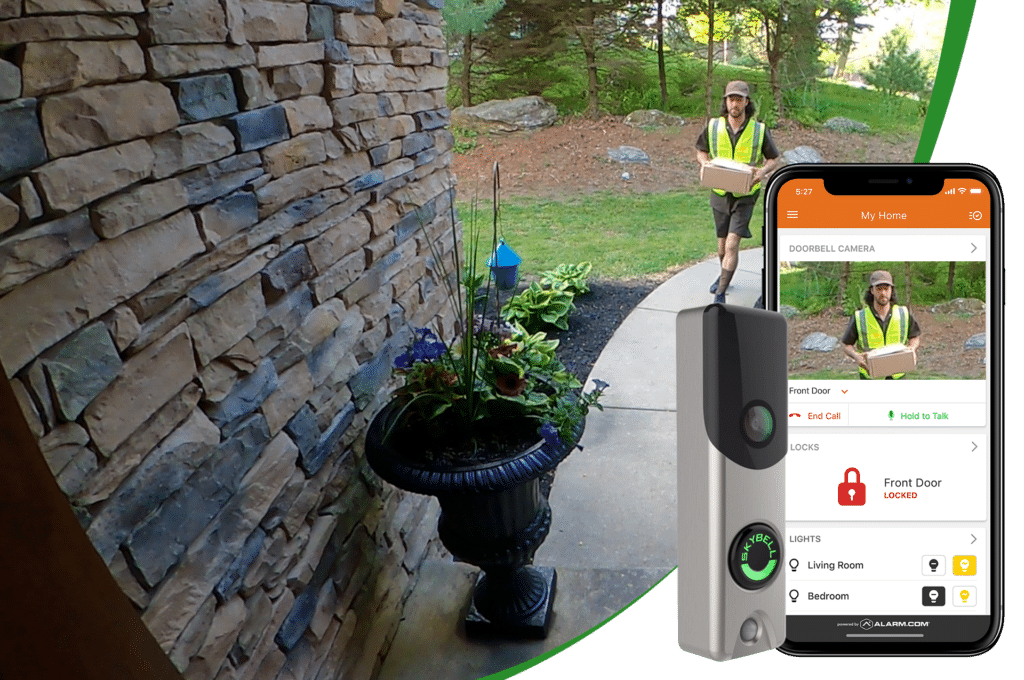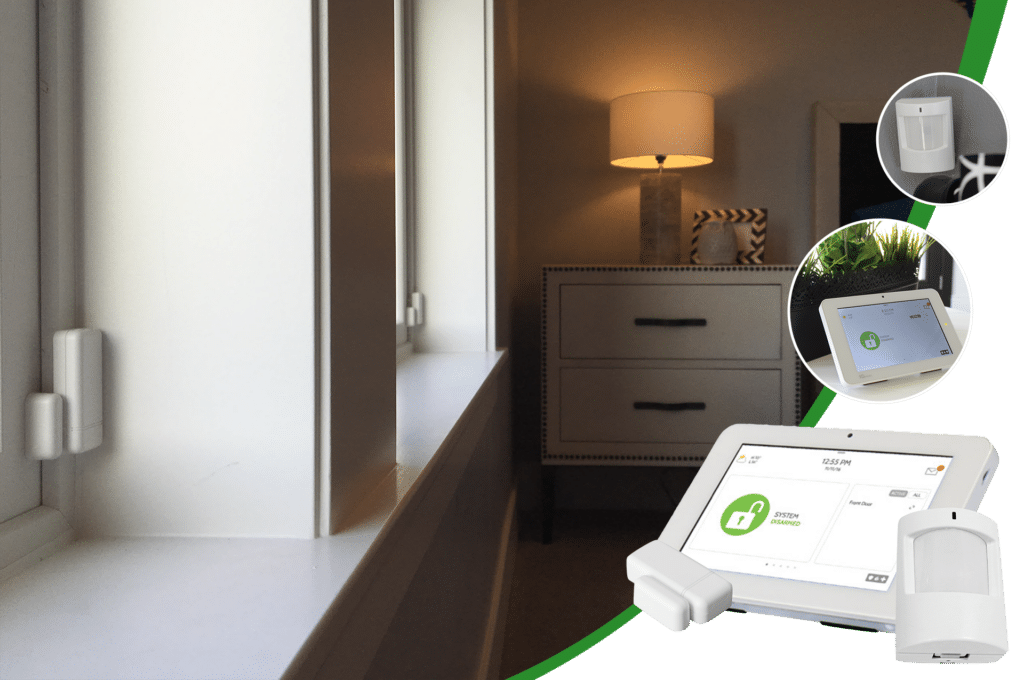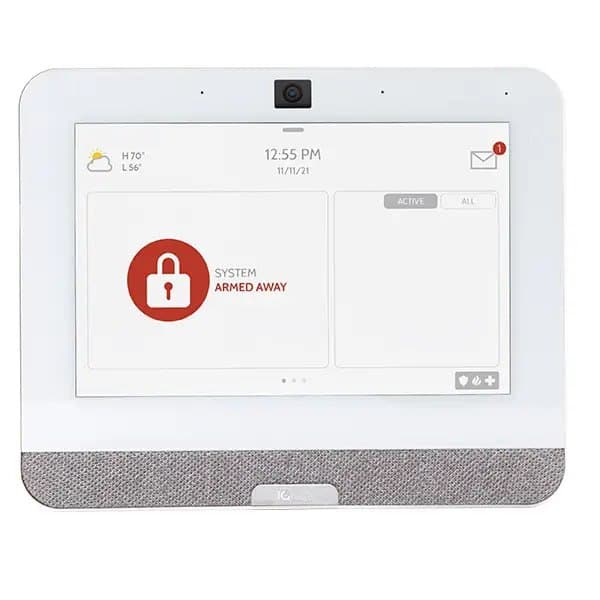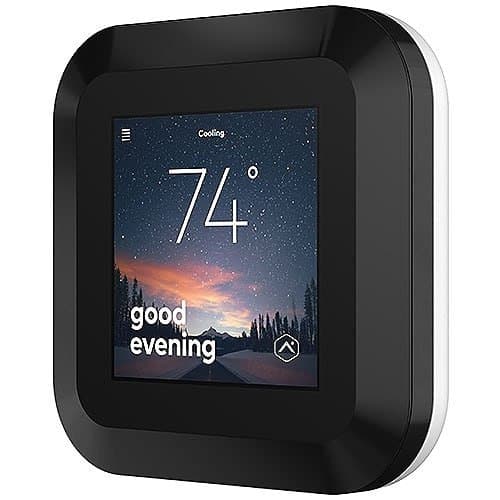Contact us today to learn more about our home security systems.
At Go Safer Security, we understand the importance of keeping your home burglar proof and family safe. That’s why we offer a wide range of smart home security system installation services, and products including fire alarm monitoring, Security Alarm system, installation of CCTV cameras, access control systems,fire alarm inspection, repair and installation, and home automation systems. With our advanced technology and dedicated team of experts, we can help you feel secure and protected in your own home and commercial establishments.
Answer these few question and get a customized home security solutions that fits your needs.
At Go Safer Security, our team of professionals provides a wide range of security solutions to protect your home and office from potential threats. We offer residential and commercial security systems, including fire alarm systems that reduce the risk of fire-related disasters. Our team can help you choose the right fire alarm system for your business’s needs, and we can provide regular fire alarm inspection services to ensure that your system is working correctly and up to code.


Beyond fire alarm systems, Go Safer Security offers an extensive array of cutting-edge security equipment meticulously curated to meet your specific needs and budget. From advanced video surveillance cameras to sophisticated access control systems, we provide customized security solutions engineered to safeguard what matters most to you.


Call 1-800-GO-SAFER (467-2337) and speak one of our Security Systems Specialist or complete the form and we will contact you.
When it comes to protecting your home and business, choose a company that has a strong reputation supported by over 13 years of experience serving the residential security and commercial security needs of homeowners and business owners.

We have been using GO Safer for multiple years at the workplace. They have exceptional customer service, reliable, and technically savvy troubleshooting over the phone!! (this helped bring our cost down immensely).

Pearl is the BEST. She is fantastic and helps me so much with my Alarm. I love working with Pearl and this company

Good Home Security company. The best in Maryland.

Timely response to my request for upgrading the capabilities of my Hikvision surveillance cameras and installing new Verizon router with wifi extender. Knowledgeable and friendly tech team at competitive prices. Am planning to have Go Safer Security do some additional work in the near future.

GoSafer is Our family owned and best security system service provider whose products are reliable, affordable and long lasting.

Pricing is affordable, work is commendable

Best For Home Security System. Simple & Safe

GoSafer did a great job ! They provided the best in class security system for both commercial and Residential Purpose.

Navin and Go Safer Security recently completed a project for our showroom location and did an excellent job. From the first phone call until the installation date, this company offered exceptional customer service and really took the time to review our situation and present the best options for security cameras at our business location. Their pricing was competitive, installation was quick, courteous and efficient and the system is working very well. I would definitely recommend the Go Safer Security team for anyone looking for a good security option in the area.

Great company, friendly price!

We have been using GO Safer for multiple years at the workplace. They have exceptional customer service, reliable, and technically savvy troubleshooting over the phone!! (this helped bring our cost down immensely).

Pearl is the BEST. She is fantastic and helps me so much with my Alarm. I love working with Pearl and this company

Good Home Security company. The best in Maryland.

Timely response to my request for upgrading the capabilities of my Hikvision surveillance cameras and installing new Verizon router with wifi extender. Knowledgeable and friendly tech team at competitive prices. Am planning to have Go Safer Security do some additional work in the near future.

GoSafer is Our family owned and best security system service provider whose products are reliable, affordable and long lasting.

Pricing is affordable, work is commendable

Best For Home Security System. Simple & Safe

GoSafer did a great job ! They provided the best in class security system for both commercial and Residential Purpose.

Navin and Go Safer Security recently completed a project for our showroom location and did an excellent job. From the first phone call until the installation date, this company offered exceptional customer service and really took the time to review our situation and present the best options for security cameras at our business location. Their pricing was competitive, installation was quick, courteous and efficient and the system is working very well. I would definitely recommend the Go Safer Security team for anyone looking for a good security option in the area.

Great company, friendly price!

The security and privacy of your data is our number one priority! We encourage you to verify our security and privacy practices using the links below.

Reaching far and wide.
Our fully-integrated solution allows you to monitor and control your business through a single, mobile-friendly interface. With just a few clicks, you can secure your system, view live-streaming video, manage employee access, and regulate energy use and much more.


click